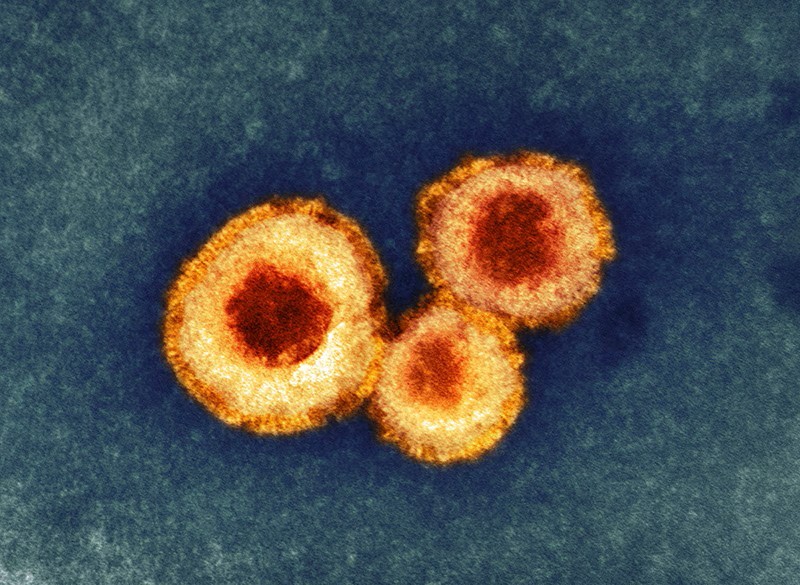 x
x
China is currently grappling with a noticeable rise in respiratory infections, particularly among its younger population. Speculations about a so-called "mystery virus" have circulated widely, but both Chinese health authorities and the World Health Organization (WHO) have moved to reassure the public. The increase, they state, is driven by known pathogens such as the Human Metapneumovirus (HMPV). This article explores the outbreak, contextualises the facts, and examines its broader implications.
Understanding the Situation
Respiratory illnesses in China have seen a significant uptick, particularly in the country’s northern regions, with children under the age of 14 most affected. This surge aligns with seasonal patterns and is attributed to several respiratory viruses, with HMPV identified as a major contributor.
The Chinese government has been swift in dismissing rumours of a novel virus, stressing the transparency of its health reporting and the predictability of this seasonal phenomenon. Proactive measures, such as monitoring pneumonia cases of unknown origin, have also been implemented to ensure emerging threats are detected promptly.
Human Metapneumovirus
HMPV is a respiratory pathogen discovered in 2001, belongs to the Paramyxoviridae family, sharing genetic similarities with the respiratory syncytial virus (RSV). It has established itself as a significant cause of respiratory infections, particularly in vulnerable groups such as young children, the elderly, and immunocompromised individuals.
The symptoms of HMPV range from mild cold-like features, such as cough and nasal congestion, to severe complications including bronchiolitis and pneumonia. While it is a familiar foe in the medical community, its propensity to lead to severe illness during seasonal peaks places it under the microscope each year.
Currently, treatment for HMPV is primarily supportive, focusing on symptom management and preventive measures. No specific antivirals or vaccines are available, but ongoing research offers hope for targeted therapies and immunisations in the future.
Dispelling the Myths
International health organisations, including the WHO, have closely observed the situation in China and found no evidence of a novel pathogen. Instead, the surge appears to be a by-product of existing viruses, circulating more widely as societal norms return to pre-pandemic routines.
China’s emphasis on surveillance, particularly through its pneumonia monitoring programme, reflects a broader commitment to global health security. Such efforts not only ensure rapid responses to emerging threats but also contribute to a collective understanding of respiratory diseases and their seasonal behaviours.
Broader Implications
This outbreak serves as a reminder of the cyclical nature of respiratory infections and the importance of preparedness within public health systems. Transparency and effective communication remain pivotal, as misinformation has the potential to generate undue panic.
For researchers, the surge offers an opportunity to further study the pathogenesis and epidemiology of respiratory viruses like HMPV. Efforts to develop vaccines and antiviral treatments are particularly urgent, given the recurring burden these pathogens place on healthcare systems worldwide.
Conclusion
The recent surge of respiratory illnesses in China highlights the need for vigilance, collaboration, and evidence-based responses. While HMPV has been identified as a primary driver, the situation aligns with seasonal expectations, dispelling concerns of a "mystery virus."
The challenge ahead lies not only in managing the current outbreak but also in building resilience against future threats. By fostering trust, investing in research, and enhancing global cooperation, we can ensure a more robust response to the ever-evolving landscape of respiratory diseases.
ns 15.158.61.37da2





















